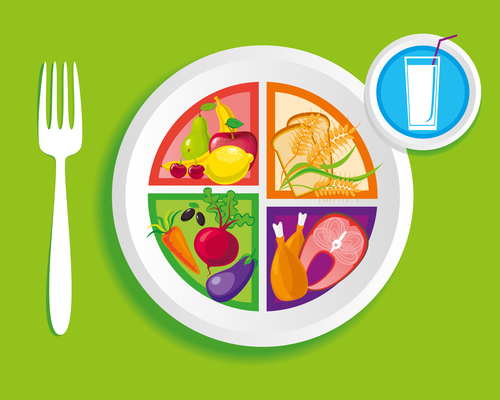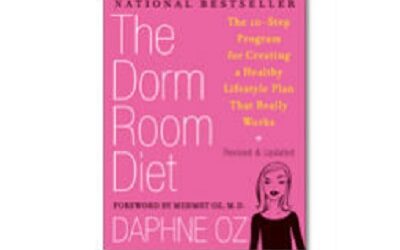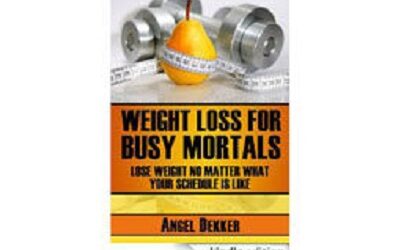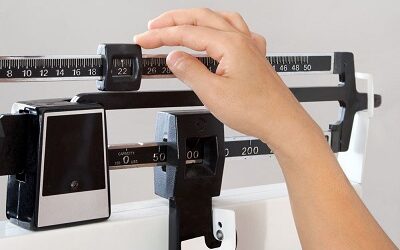Mixed/Balanced Diets
 Benefits of Mixed/Balanced Diets
Benefits of Mixed/Balanced Diets
For many people, the best type of diet is a Mixed/Balanced diet, where nothing is forbidden, so you can still enjoy your favorite occasional treat. The goal here is to ensure you get the nutrition your body needs to function optimally and practice moderation when it comes to the things that aren’t so healthy. In this way, your body should naturally reach/maintain a healthy weight.
What Is A Balanced/Mixed Diet?
A balanced diet, also known as a mixed diet, is a type of eating strategy that gives you a great deal of flexibility. Essentially, everything is allowed, within reason. Your main focus is to think about what you’re eating so that you will end up with the right nutrition balance from your foods every day.
This means that the vast majority of your foods will be made up of fresh vegetables and fruits, whole grains, legumes, nuts and other sources of lean protein. While this type of dieting doesn’t necessarily require you to count calories, it does encourage you to keep them in mind, particularly as you choose your portion sizes. The reason is that at the same time that you choose a nutritionally balanced meal, it must also be sized in a way that you will not end up exceeding the number of calories that your body will burn. Otherwise, the result could be weight gain – the opposite of what most of us want.
 A Balanced Diet Is Nothing New
A Balanced Diet Is Nothing New
A balanced diet has been the basis of the United States Department of Agriculture’s (USDA) nutritional guidelines for many years. These guidelines once came in the form of a pyramid, but are now laid out in the shape of a plate, to make it easier to translate the concepts into the way they will look in front of you in the form of your own food.
Even those guidelines have certain calorie ranges included. For example, an active woman aged 14 to 30 years old will typically need around 2,400 calories per day whereas a sedentary woman at the same age will need 1,800 to 2,000 calories per day. An active man at that age will need 2,800 to 3,200 calories per day, but if he is inactive, he will need 2,000 to 2,600 calories. Over the age of thirty, both men and women who are active require 2,000 to 3,000 calories per day, while their sedentary counterparts need only 1,600 to 2,400 calories per day.
 What Can You Eat in a Mixed/Balanced Diet?
What Can You Eat in a Mixed/Balanced Diet?
Those calories should be made up primarily of nutrient dense foods, according to balanced diet plans. This means that every calorie that you consume should come with a meaningful number of vitamins, minerals, fiber and/or antioxidants, among other nutrients. “Empty calories,” on the other hand, should mainly be avoided. These are foods such as added sugars, solid fats, and others that come with a high number of calories when compared to their nutrient content. According to the USDA, the most commonly eaten empty calories in the United States are: sausages and bacon, cookies, cakes, doughnuts, cheeses, energy drinks, fruit drinks sodas and sports drinks, ice cream and pizza.
When you regularly consume a balanced diet, all the organs and systems in your body consistently receive everything they need to function at their best. When nutrition is lacking, on the other hand, it places you at an increased risk of fatigue, infection, disease and overall reduced performance. People who don’t maintain a balanced diet on a regular basis are also at an increased risk of heart disease, stroke, diabetes and some cancers.
Where To Begin
Starting to follow a balanced diet typically comes with a certain learning curve. Your starting point will typically depend on how much you already know about the foods you eat and how you can prepare them in a healthful way. The food groups can be a great starter’s guide to help to you get on track. It will also become important for you to start reading nutrition labels on foods in order to better understand what they contain and how they may affect your nutrition and health.
 It can also be an effective guide to think about the portions sizes that you’re putting on your plate. The average American’s plate is primarily covered with meat and starchy food with only a small side of vegetables. That said, in a balanced diet, half your plate will usually be filled with vegetables and/or fruits. One quarter should be lean meat or another healthy source of protein while the last quarter will be a type of whole grain.
It can also be an effective guide to think about the portions sizes that you’re putting on your plate. The average American’s plate is primarily covered with meat and starchy food with only a small side of vegetables. That said, in a balanced diet, half your plate will usually be filled with vegetables and/or fruits. One quarter should be lean meat or another healthy source of protein while the last quarter will be a type of whole grain.
For many of us, that is quite the shift in the way a plate will appear. It will affect the way you shop, prepare your food and how you serve it.
This type of diet is often adopted in a gradual way because it requires such a large amount of learning about what each food contains. The more you know about what you’re really getting when you bite into an apple, the better prepared you will be to balance it with the rest of your lunch that day.
Mixed/Balanced Diet Reviews
Review: Dorm Room Diet
The Dorm Room Diet is a program that was created to help to counteract the impact of the dreaded “freshman 15”, in which a freshman is likely to gain about fifteen pounds during that first year of college.
Review: Weight Loss Village Diet
The Weight Loss Village Diet is an online program that is run through a website – also known as an ediet.
Review: Weight Loss for Busy Mortals
There are so many weight loss books that promise to provide all the information you need to shed those excess pounds that entire sections of online and brick and mortar bookstores have been dedicated to them. Weight Loss For Busy Mortals has had a solid presence on many of those shelves as well as in Kindle format.
Review: The Food Lover’s Diet
The Food Lover’s Diet is a weight loss program that was created by Fitness Magazine. It provides dieters with five different strategies that can be used to eat properly and increase the rate of weight loss.
Review: The No Diet Diet
As the name implies, the No Diet Diet, isn’t a diet in the traditional sense. In fact, the No Diet Diet does and does not refer to itself as a “diet.” It is typically considered to be more of a lifestyle than an actual specific program.
Review: LIPONITRO
LipoNitro is a maximum-strength formula designed to help with weight management support. This dietary supplement was meticulously formulated by the weight management experts at Intechra Health to ensure that only the highest quality, scientifically-researched ingredients were used. It is manufactured and quality tested in the USA.








